Bottom up, top down
At 12 noon on May 22, at the northern entrance of the Chi Thanh railway tunnel, dozens of workers from the Railway Construction Corporation quickly ate lunch and then took turns moving deeper into the tunnel to continue repairing the landslide.
Going deep into the tunnel filled with black smoke and dust, a group of nearly 10 workers operated machines to drill into landslide locations in the tunnel and then sprayed concrete into them.
After spraying concrete to fix the landslide points, workers will collect the soil, rocks, and materials that fell into the tunnel and transport them out.
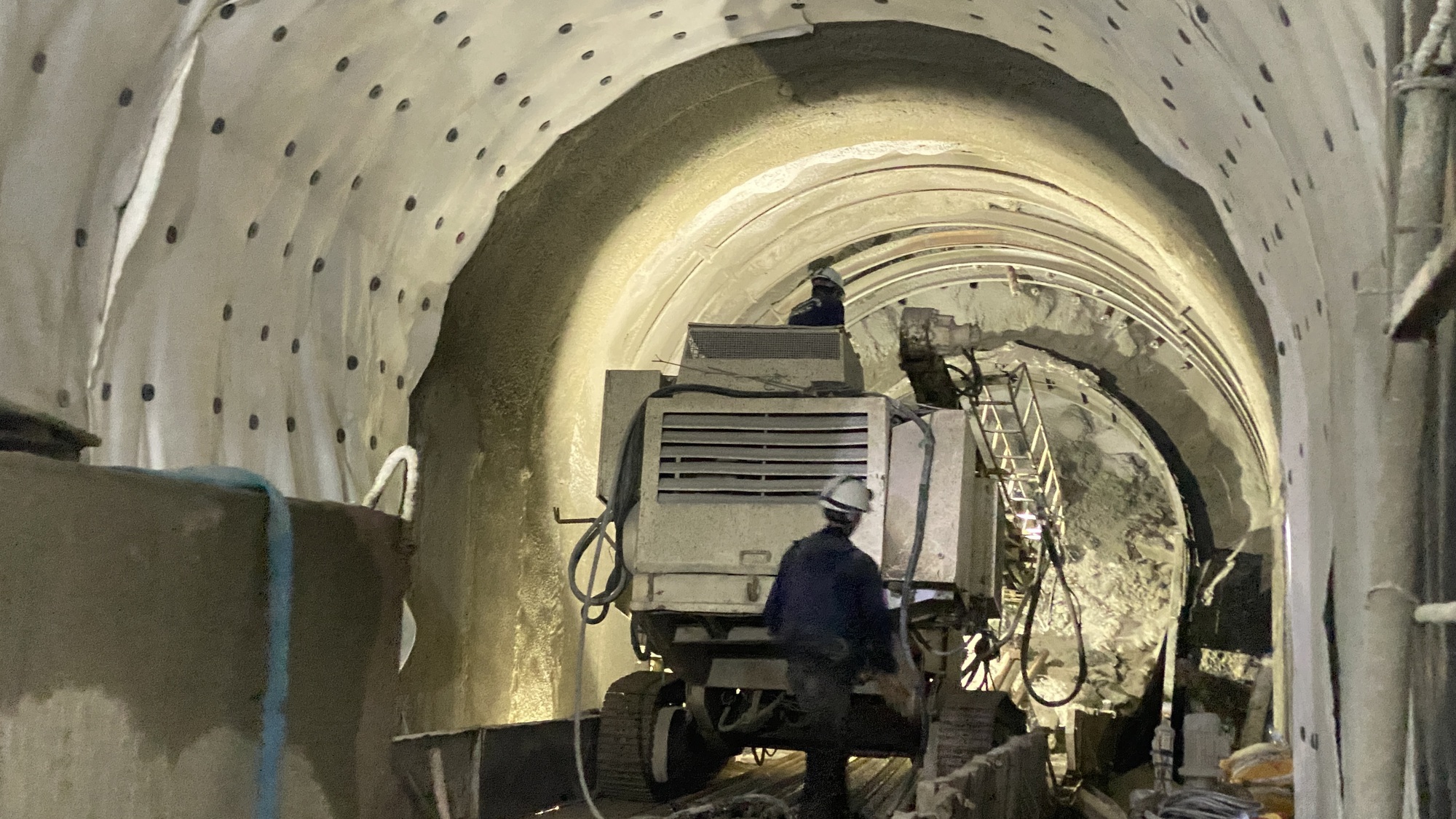
Workers clear landslide soil and rocks to transport them out (Photo: Quang Dat).
Above the tunnel roof, another group of workers are also searching for a location to spray concrete down to reinforce the tunnel arch in the "bottom up, top down" style. This helps create a solid connection, avoiding landslides during the process of clearing soil and rocks below like in the Bai Gio tunnel landslide incident last month.
It was drizzling outside, but at noon, inside the Chi Thanh tunnel it was blazing hot. Dust and the stuffy atmosphere made the construction work very difficult for the workers.
Continuously pulling up his shirt to wipe the sweat from his face, worker Le Van Tuan (38 years old) focused on each drill bit. He said quickly: "The work is difficult because the path is blocked by rocks and soil. We have to concentrate to make sure the drill bits are accurate. Although the tunnel arch has been reinforced, we are still very worried about further landslides. We are trying to increase the workload and clear the rocks and soil blocking the middle of the tunnel, hoping to clear the tunnel as soon as possible."
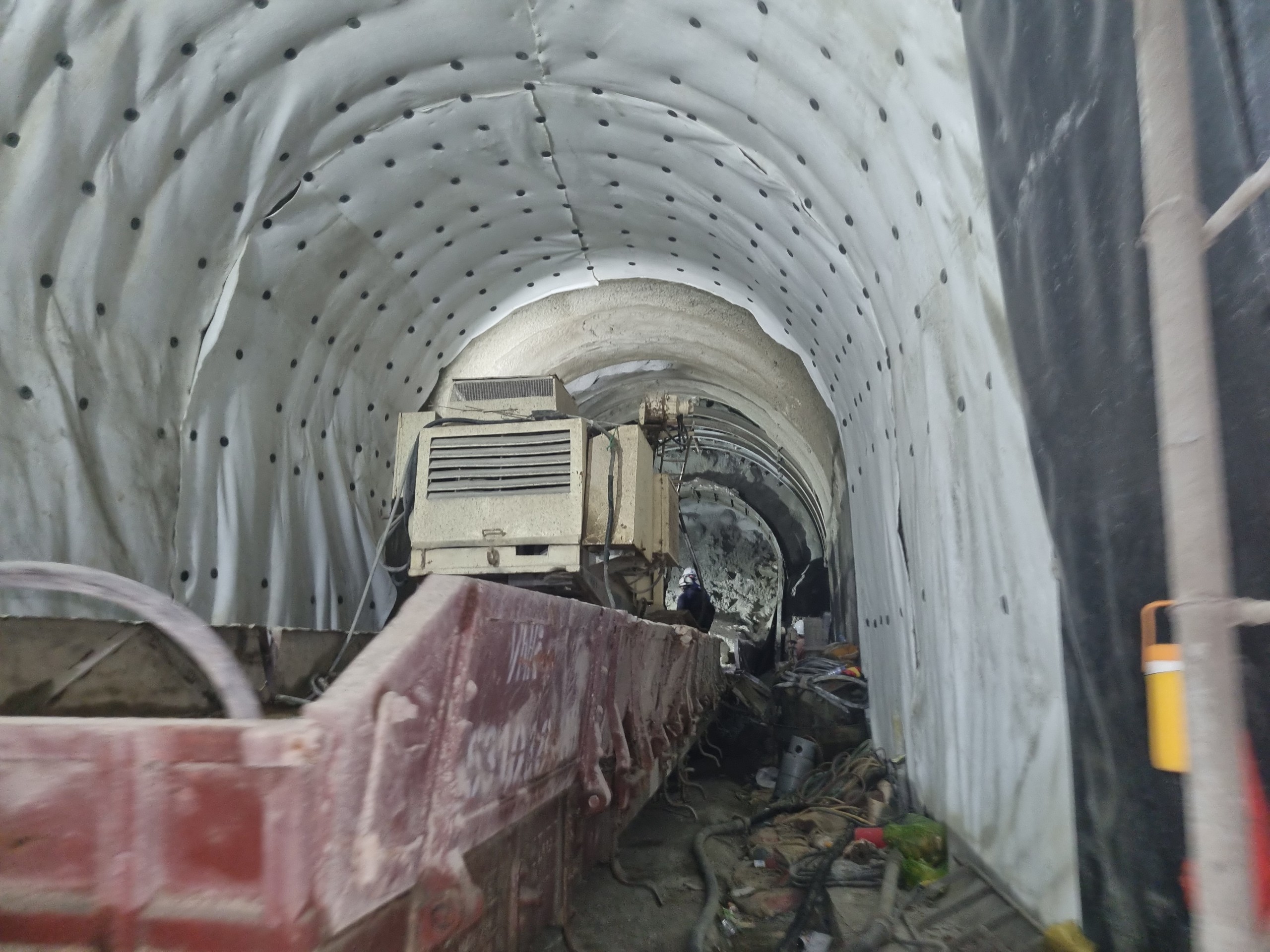
Machinery was brought into the tunnel to speed up landslide repair (Photo: Quang Dat).
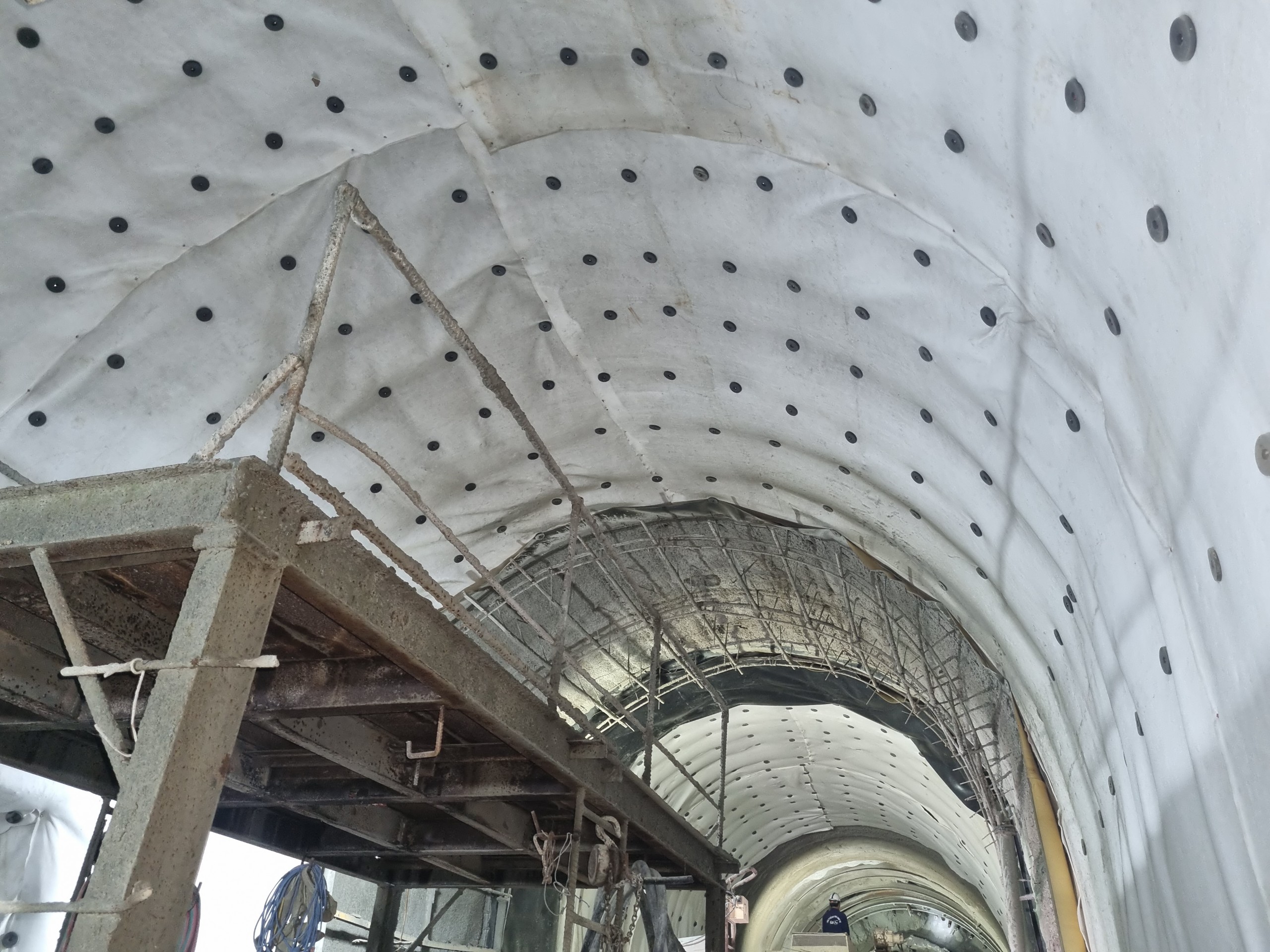
The tunnel dome is firmly reinforced to prevent further landslides (Photo: Quang Dat).
Mr. Le Quang Vinh - Director of Phu Khanh Railway Exploitation Branch said that in recent days, Phu Yen has had a lot of rain, causing the soil to be waterlogged. In addition, the geology of Chi Thanh railway tunnel has been weathered for many years, making it very difficult to fix the landslide.
“Currently, we have mobilized about 50 workers and engineers to urgently fix the tunnel landslide. The plan to fix the Chi Thanh tunnel is similar to the plan to fix the Bai Gio tunnel landslide later.
Workers will drill anchors and spray concrete on the tunnel lining to create a solid connection, then clear the soil and rocks below. However, due to complex geology, the railway industry has not yet estimated the time to open the tunnel," said Mr. Le Quang Vinh.
According to the leader of the Railway industry, learning from the experience of the Bai Gio tunnel landslide in Khanh Hoa province, the construction unit did not carry out the clearance of the landslide but instead sealed it to create a support base above the tunnel roof. Two construction ships at both ends of the tunnel will bring in machinery to prepare to drill anchors at both the southern and northern ends of the tunnel.
Remember the trains passing by
At the guard house of tunnel number 17 of Bac Chi Thanh tunnel (Km 1168+438), tunnel patrol Tran Chanh Em continuously went out and then went back in, occasionally looking up at the sky.
Like many other tunnels, Mr. Em hopes that the Chi Thanh tunnel will soon be repaired and reopened. With many years of experience in the profession, Mr. Em eats and sleeps on the railway tracks. Although many people have come to this guard house since the landslide, he is still deeply sad.
"Just stopping the train for a day already makes me miss the trains passing through here. The sound of the whistle, the image of people on the train, the trains going through the tunnels through the mountains have become an indispensable part. I hope the railway tunnel will be repaired soon so that trains can run from North to South again," Mr. Em confided.
Having said that, Mr. Em ran out to look at the sky again. After 12 noon, dark clouds gathered and covered the area with a big storm, a worried look appeared on the face of the patrolman.
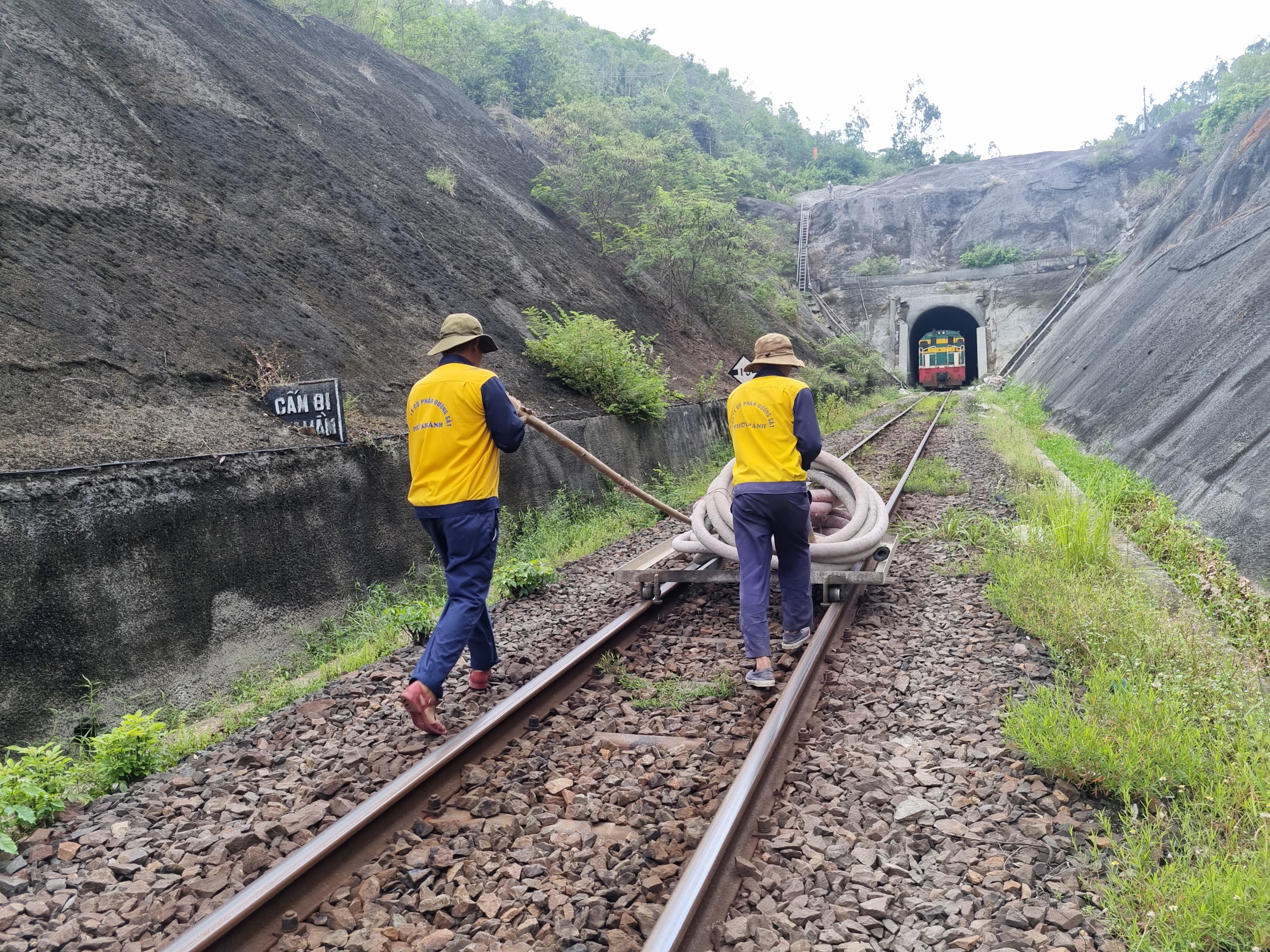
Railway workers transport machinery and equipment to fix landslide in Chi Thanh tunnel (Photo: Quang Dat).
Since the landslide, the Railway Department has planned to transfer passengers by car from Tuy Hoa station to La Hai station and vice versa to ensure the travel schedule of train passengers. The transfer distance is about 50km, in Phu Yen province.
Accordingly, passengers on passenger trains from the North to the South will be transferred by car from La Hai station to Tuy Hoa station. In the opposite direction, passengers on passenger trains from Saigon station to the North will be transferred by car from Tuy Hoa station to La Hai station.
From the afternoon of May 21 to the morning of May 22, the Railway industry transferred about 2,700 passengers (of 12 trains) from La Hai station to Tuy Hoa station and vice versa.
At around 10:15 a.m. on May 21, a large amount of rock and soil in the Chi Thanh railway tunnel (Tuy An district, Phu Yen) suddenly fell down while a construction train was reinforcing the tunnel. The estimated volume of rock and soil that collapsed was about 30 cubic meters. After that, the tunnel continued to collapse with a volume of up to 50 cubic meters.
Source: https://www.baogiaothong.vn/tang-nhan-luc-chay-dua-thoi-gian-khac-phuc-sat-lo-ham-chi-thanh-192240522143637642.htm






![[Photo] Ho Chi Minh City: Many people release flower lanterns to celebrate Buddha's Birthday](https://vphoto.vietnam.vn/thumb/1200x675/vietnam/resource/IMAGE/2025/5/10/5d57dc648c0f46ffa3b22a3e6e3eac3e)





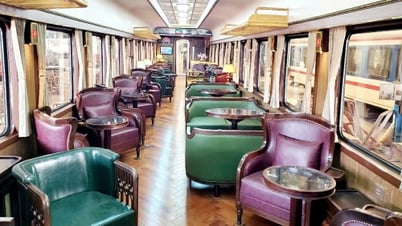

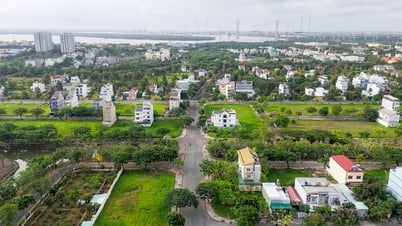
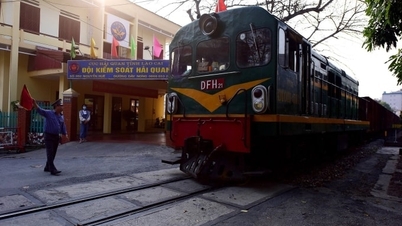





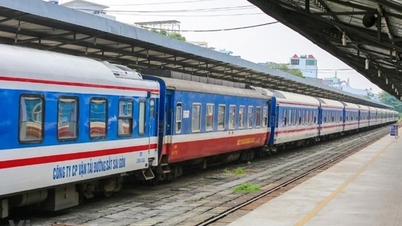
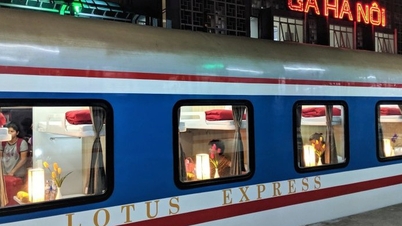
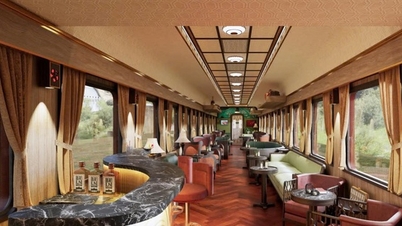
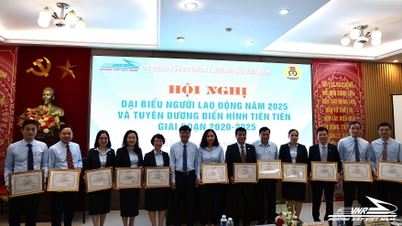










![[Photo] General Secretary To Lam meets with Chairman of the Federation Council, Parliament of the Russian Federation](https://vphoto.vietnam.vn/thumb/1200x675/vietnam/resource/IMAGE/2025/5/10/2c37f1980bdc48c4a04ca24b5f544b33)
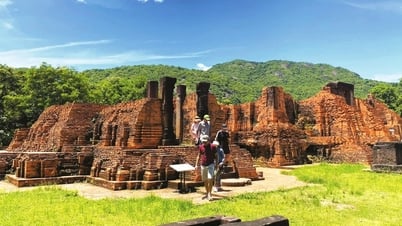




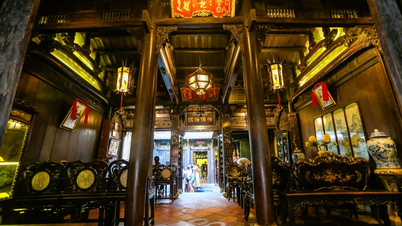
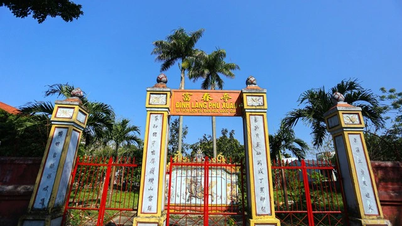










































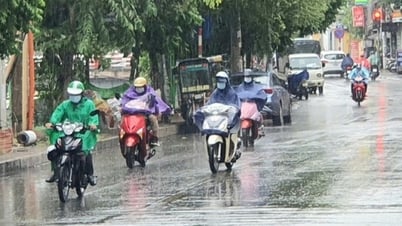












Comment (0)